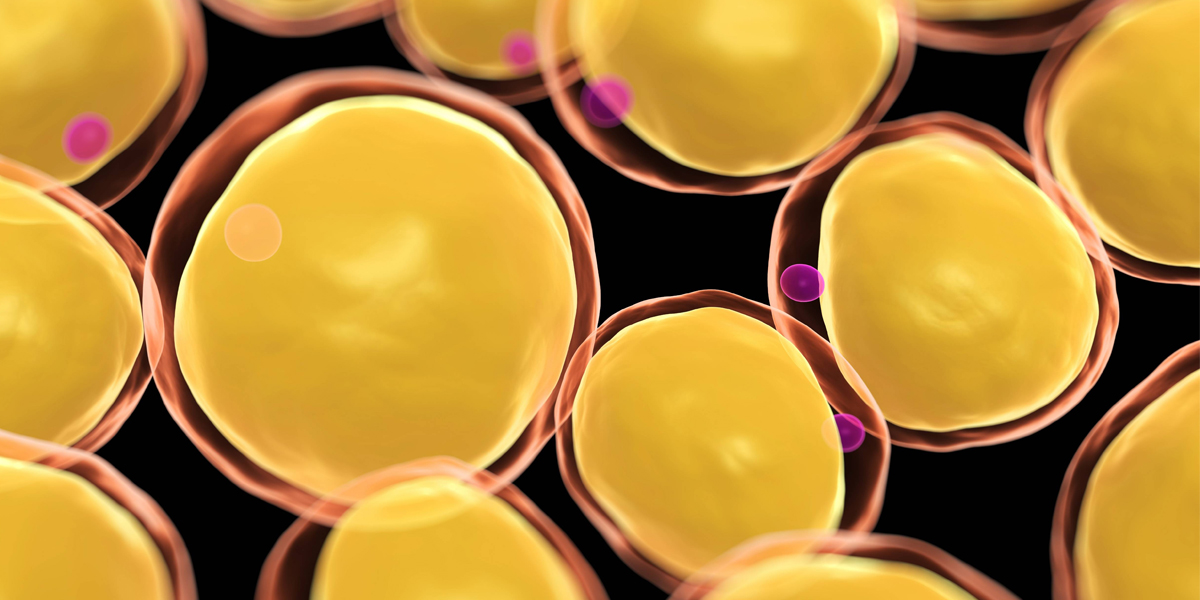For many years, liposuction was associated with body contouring and fat removal, and was mainly in the domain of plastic surgeons. Although the technique has been refined in some ways, fundamentally it still involves the removal of fat using small, often insignificant incisions, to reduce areas that have accumulated fat deposits. We use the term “cannula” to describe the metal tube that is passed to extract the fat. While the details of each surgeon’s technique may vary, most agree that nowadays it is appropriate to place fluid (“tumescent fluid”) into the area first, in order to best prepare the site for fat extraction and to minimize blood loss and discomfort. The ideal patient who is a candidate for liposuction has traditionally been the patient who is close to ideal body weight and has focal areas of excess or prominent fat. Often, these patients note that, however hard they may work to keep their weight at their best, certain areas “just don’t go away.”
Some of the ways that liposuction has evolved include the development of new kinds of cannulas, the use of different ways of aspirating the fat, and the use of different forms of energy to break up the fat for removal. Energy forms that have been applied to fat tissues include lasers, ultrasound and radiofrequency. The use of radiofrequency has even been used without any incisions or cannulas, and has been passed directly through the skin with no incisions. In my opinion, the results achieved with that technique have been minimal or disappointing. It is always worth considering the fact that, whenever the surgeon delivers any thermal energy to the tissues, the risk of scarring or burning the tissues is a real potential danger.
Over time, interest has grown in using fat for valuable purposes rather than discarding it as medical waste. Although fat has been harvested and reinjected for many years, the process has hardly been standardized and the results have been extremely variable. Some of the best “minds” in plastic surgery have had legitimate disagreements on whether transfer of fat really works, and even more disagreement on the best method(s) to use for fat transfer. Evidence increasingly shows that fat can be transferred by injection techniques and survive, and that fat can also be used as a source of delivering other cells, such as stem cells, to different regions of the body. I have personally experienced very gratifying results with fat transfer, provided certain principles were followed. Here are some guidelines that I follow in my own practice:
1) The technique of harvesting the fat is very important, and this includes the selection of the instruments used, the pressure used to extract it, and the manner in which it is separated from unnecessary fluid. This concept would suggest that the use of newer laser-assisted or thermal systems of fat removal may be very unappealing because they can destroy these valuable cells.
2) The technique of delivery of the fat is equally critical, as the fat must be able to thrive in its new location and receive adequate blood flow and nutrition.
3) Patients who are thin may be very good candidates for specific types of fat grafting; they do not have to be overweight or carrying pockets of donor fat.
4) Areas that are prone to constant movement, such as the lips, are less likely to retain the volume injected when compared to areas that do not move as frequently.
5) If you assume that some percent of the fat will be lost over time, while the rest has a good chance of retention, you are embracing a more realistic approach and will likely be pleased with the results.
6) Fat grafting can be a great addition to other surgeries that you may already be considering, such as face or neck lifting.
7) Fat has the possibility to provide long-term volume enhancement; off-the-shelf fillers usually do not. For large areas of fat grafting, such as the buttock area, fillers are not even a reasonable option given those that are FDA approved in the U.S.
Fat grafting and transfer is a growing area of interest, and you will likely see more advances on the horizon. I will keep you posted . . .
To your health!
Saul R. Berger, MD, FACS
drberger2024.wpenginepowered.com
